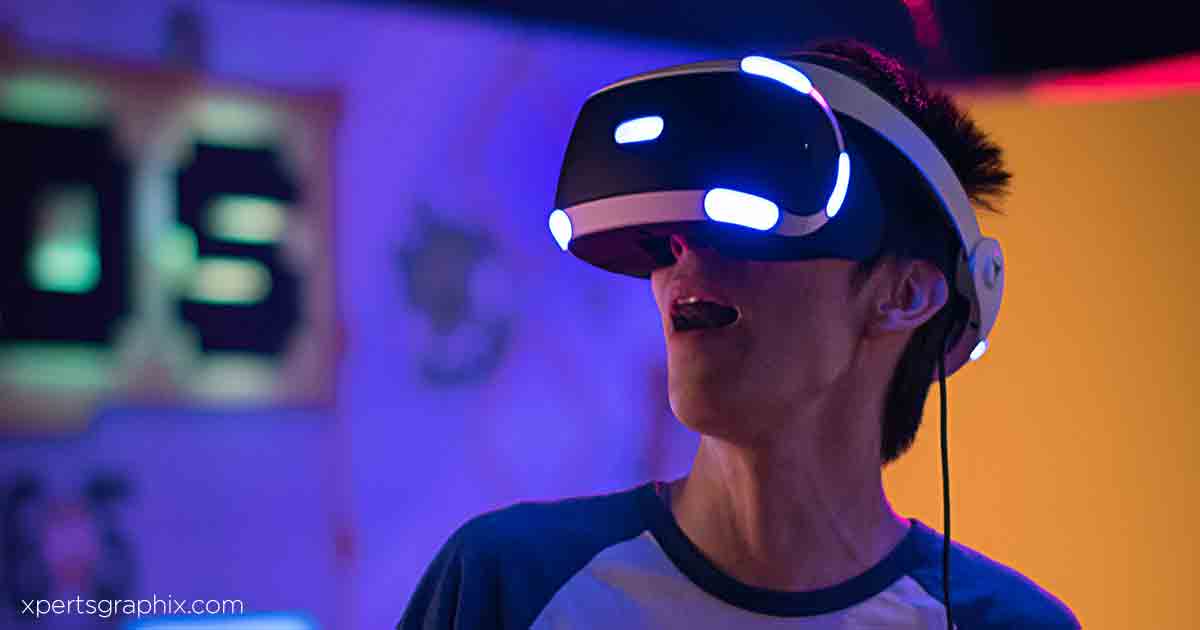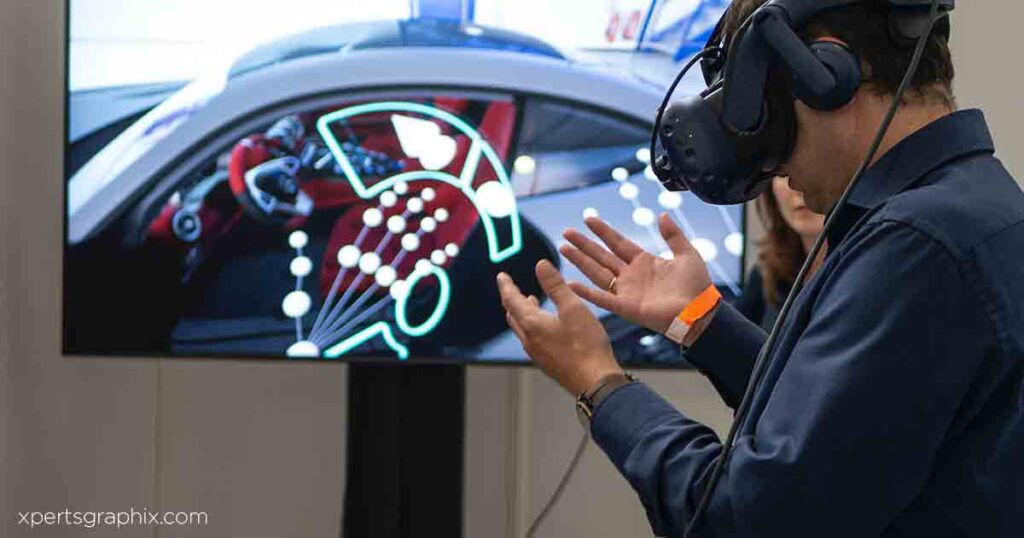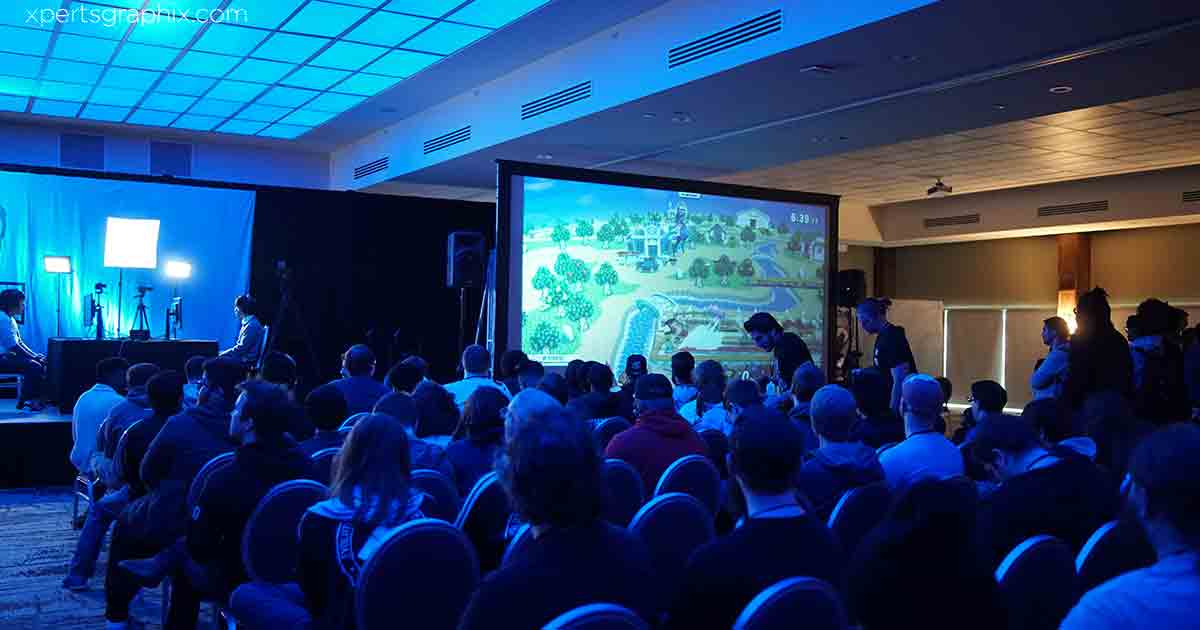Game design elements

Game design elements for virtual reality games
Game design elements
Introduction
Virtual reality (VR) technology has transformed the gaming industry, providing players with immersive and interactive experiences that blur the line between reality and the virtual world.
Game developers must consider various design elements to create successful and engaging VR games.
This article will explore key game design elements, including locomotion, immersion, user interface, accessibility, and social interaction.

Locomotion: Moving Through Virtual Worlds
One of the primary challenges in VR game design is locomotion – how players move within the virtual environment.
Creating intuitive and comfortable locomotion systems is crucial to prevent motion sickness and disorientation.
Some popular locomotion methods include:
- Teleportation: Players move from one location to another, reducing the risk of motion sickness.
- Physical movement: Players walk, run, or jump in real life, and their actions are translated into the virtual environment.
- Artificial locomotion: Players use controllers or hand gestures to move within the virtual world.
Game designers must carefully consider the pros and cons of each method and select the best option for their game.
Immersion: Creating Believable Virtual Environments
For a VR game to be successful, it must offer an immersive experience that draws players in and keeps them engaged.
Some critical elements for enhancing immersion include:
- High-quality graphics and sound: visual and auditory details help create a convincing virtual environment.
- Realistic physics: Simulating real-world physics, such as gravity and collision, enhances the believability of the virtual world.
- Haptic feedback: Providing tactile sensations through VR controllers adds an extra layer of immersion and responsiveness.
User Interface: Seamless Interaction in VR
Designing a user-friendly and intuitive interface is vital for a smooth gaming experience in VR.
Some guidelines for designing effective user interfaces include the following:
- Diegetic UI: Incorporate the UI elements into the game world rather than using traditional overlay menus.
- Gaze-based interactions: Allow players to interact with objects and menus by looking at them.
- Hand gesture recognition: use hand tracking to enable natural, intuitive interactions.
Accessibility: Making VR Games Enjoyable for Everyone
Considering accessibility in VR game design helps ensure that players with uncommon abilities can enjoy the gaming experience.
Some essential aspects of accessibility include:
- Adjustable difficulty levels: Players can customize their experience according to their skill level.
- Customizable controls: Players can remap buttons or adjust sensitivity settings to accommodate their preferences.
- Inclusive design: Use diverse characters and environments to make the game welcoming for players of all backgrounds.
Social Interaction: Connecting Players in Virtual Spaces
Integrating social interaction into VR games enhances the overall experience and encourages players to build connections.
Some methods for incorporating social elements include:
- Multiplayer modes: Allow players to interact with others in cooperative or competitive game modes.
- In-game communication: Implement voice chat or text messaging systems for players to communicate with each other.
- Social spaces: Create virtual hubs where players can meet, chat, and participate in shared activities.
Conclusion
In conclusion, developing virtual reality games presents unique challenges and opportunities for game designers.
By focusing on critical design elements such as locomotion, immersion, user interface, accessibility, and social interaction, developers can make innovative and engaging experiences that redefine the boundaries of gaming.
As VR technology advances, we can expect further evolution and innovation in game design, offering players immersive and captivating virtual worlds to explore.
FAQ’s
Q1: What are some key game design elements for virtual reality games?
A1: Key game design elements for VR games include locomotion, immersion, user interface, accessibility, and social interaction.
Q2: What are the common locomotion methods in VR game design?
A2: Popular locomotion methods include teleportation, physical movement, and artificial locomotion.
Q3: How can immersion be enhanced in VR games?
A3: Immersion can be improved using high-quality graphics and sound, realistic physics, and haptic feedback.
Q4: What are some guidelines for designing effective user interfaces in VR games?
A4: Guidelines for designing effective user interfaces include incorporating diegetic UI elements, gaze-based interactions, and hand gesture recognition.
Q5: Why is accessibility important in VR game design?
A5: Accessibility ensures players with uncommon abilities can enjoy the gaming experience by offering adjustable difficulty levels, customizable controls, and inclusive design.
Q6: How can social interaction be integrated into VR games?
A6: Social interaction can be integrated through multiplayer modes, in-game communication, and social spaces for players to interact.




